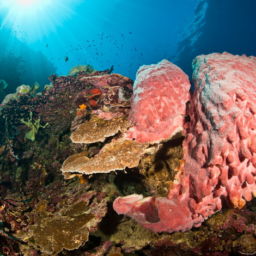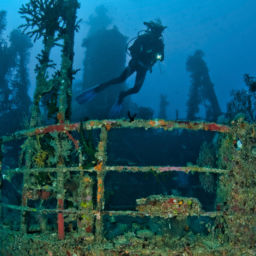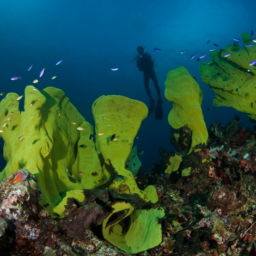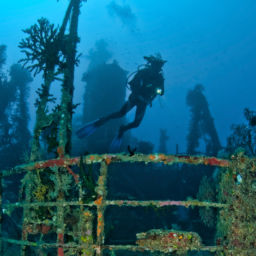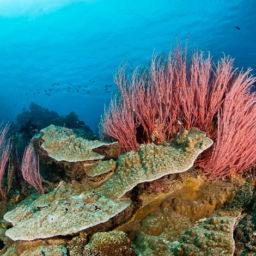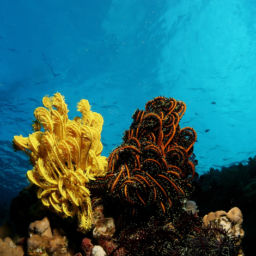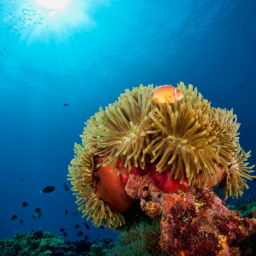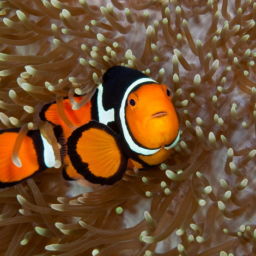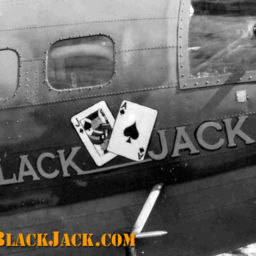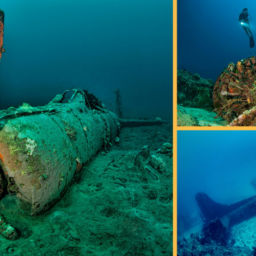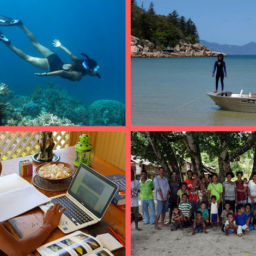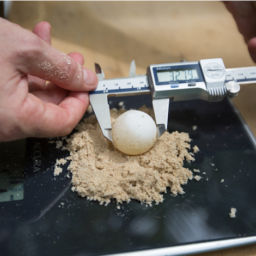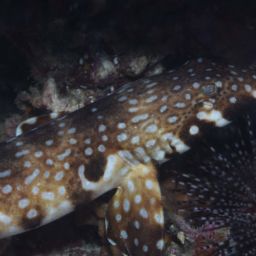Both reefs and wrecks highlight this Oceania location just off the northern tip of Australia.
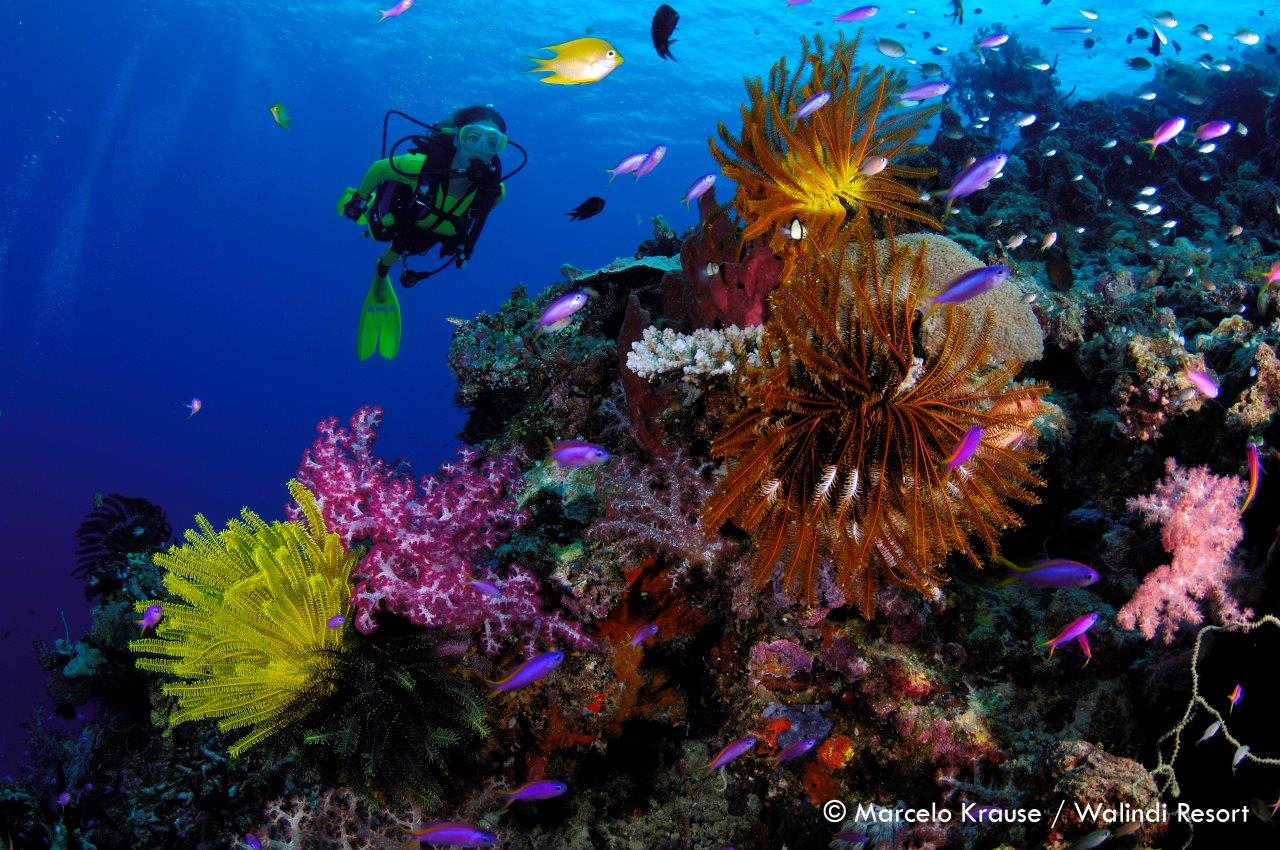
Barrier reefs, unimaginably deep coral walls, seagrass beds, coral atolls, seamounts and WWII wrecks are the mainstay of any diving vacation in PNG. The diving here is spectacular and the biodiversity phenomenal, but despite that dive groups actually have minimal contact with one another which can give diving adventurers a feeling as though they have the place to themselves. And that is truly a unique feeling in such an amazing diving locale.
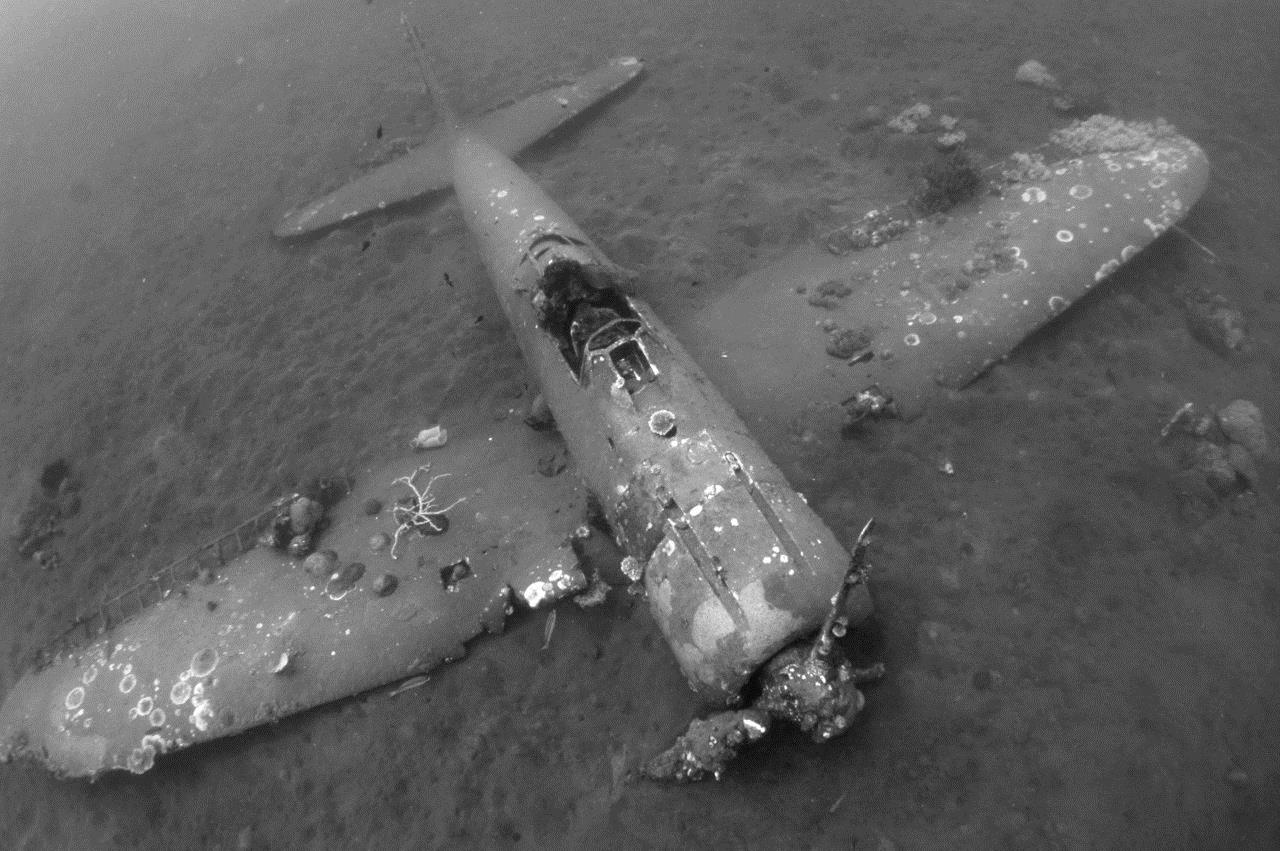
One of the great things about PNG is that the deep diving is actually fairly close to shore on many of the coastlines, particularly New Ireland and New Hanover. Also, the many varied dive sites are all very close to the islands. Boat transfers are short and operators offer live-aboards as well as land based diving opportunities. Either is amenable, it just depends on your personal preference. However, if the stories are to be believed, the few live-aboard operators in PNG make the experience absolutely top notch and you’ll get more dives per day if you go that route. As an added safety factor, PNG does have it’s very own DAN sponsored, hyperbaric chamber in Port Moresby.
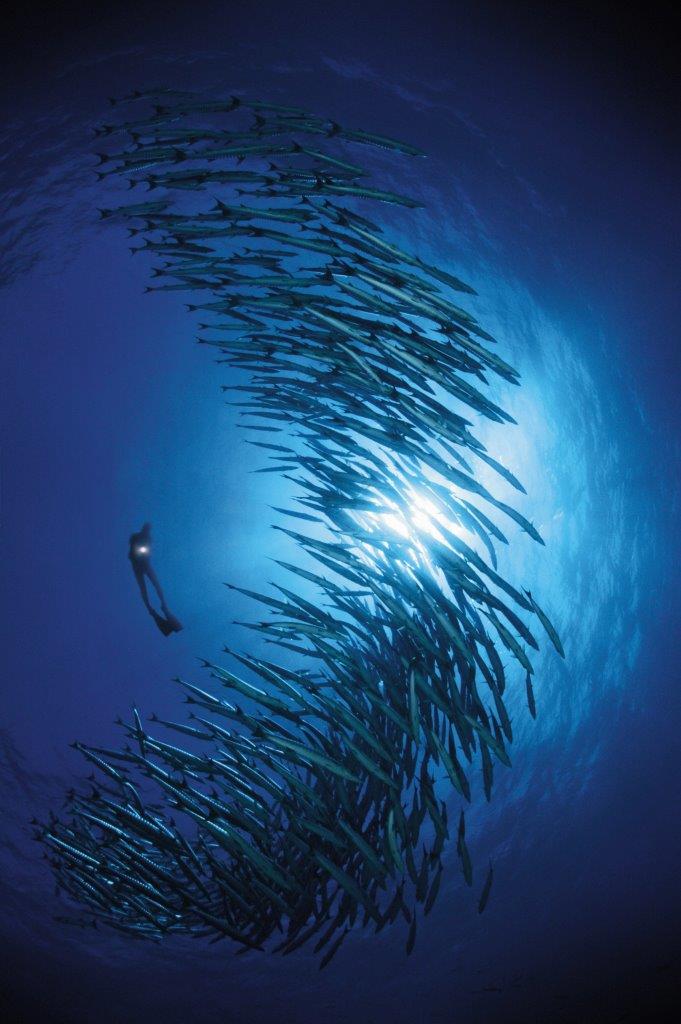
Papua New Guinea is in the infamous Ring of Fire. Some of these volcanoes are still active, and earthquakes are not uncommon and volcanic eruptions are a risk. But the diving is worth it. Well, you know… depending on your life insurance policy. Seriously though, the risk isn’t great, but it is present. In 1994, a volcanic eruption destroyed most of Rabaul and covered the 64 WWII wrecks in the bay under a thick layer of ash. Only recently have they become diveable again.
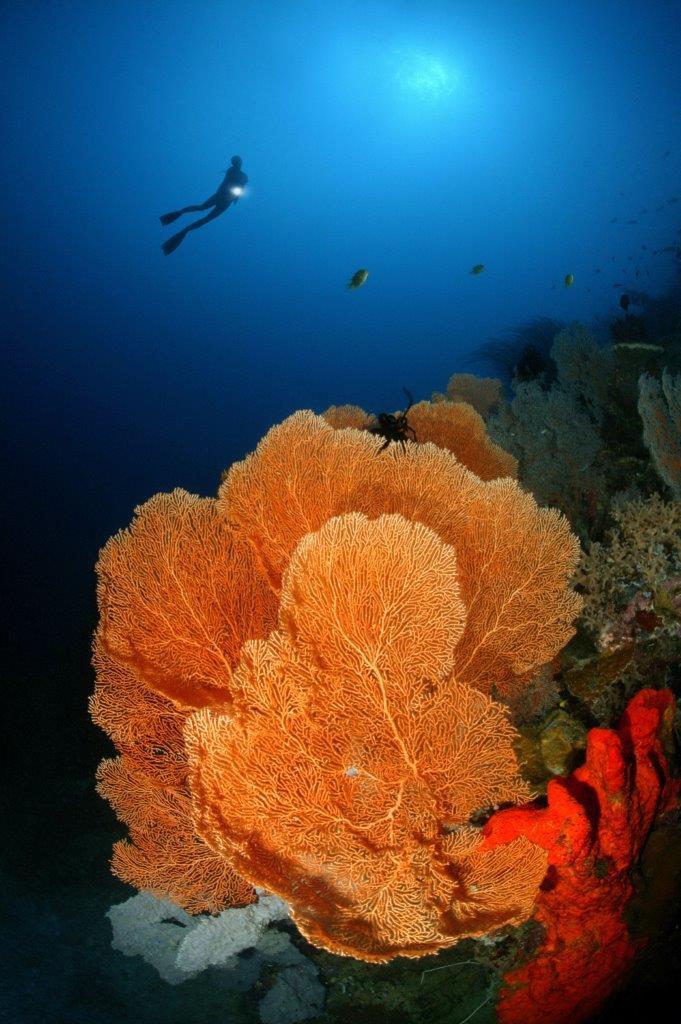
Reefs are pretty much everywhere in Papua New Guinea, but if you want wrecks head for Kavieng, Port Moresby, and Rabaul. Beneath the clear, blue waters lie war graves of 100 or more WWII ships, tanks, and planes. But to be honest, most people come for the reefs. And the sharks, whales, orcas, mantas, and dolphins. Did I forget to mention those?
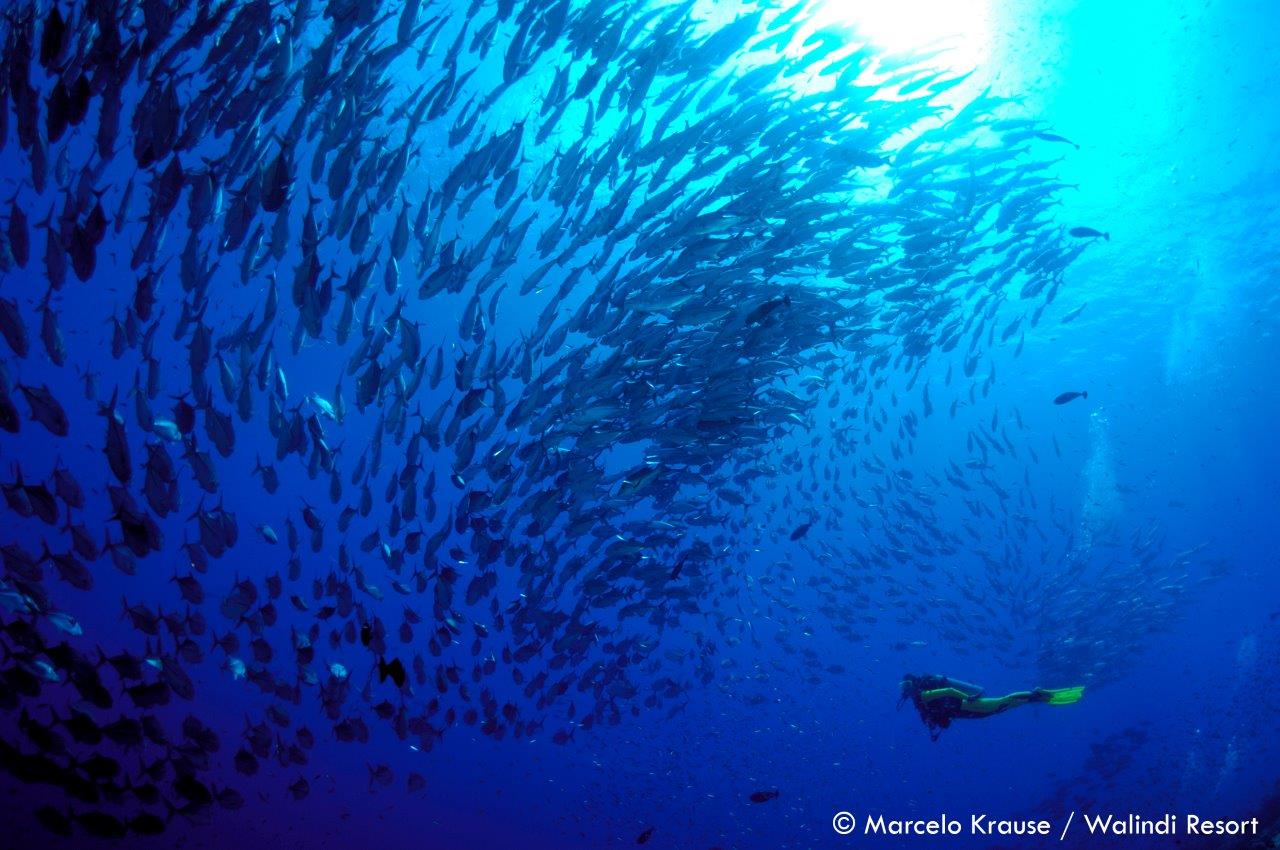
When to Go
Diving is certainly possible all through the year, but the best times are in between monsoon seasons. That would be April – June and September – December. The Coral Sea has a near year round temperature of 80 degrees and the Bismark Sea tops that by another 7. So we’re talking warm waters, 3mm wetsuits at best. Depending on the time of year and location, the visibility can range from 50 ft – 150ft.
Where to Dive
These is just a quick sampling of some top areas and by no means is it inclusive or meant to be since I just don’t have the time or space here to write about every single dive spot but it seems as though every dive in PNG is spectacular. So here are the main areas for diving and what to expect.
Milne Bay
Milne Bay is a large diving playground with both coastal and offshore dive sites. Close to the shore is more hard coral and reef fish and animals to go along with them. Offshore are seamounts and steep dropoffs that offer their own unique creatures and beauty. Not too long ago a manta cleaning station was discovered in the area of Milne Bay and diving there is sure to give you a fantastic show. At dusk on the reefs, drop in for a rare treat to witness the mating of local beautiful mandarin fish. Seahorses, frogfish, scorpionfish, eels, and many species of clownfish will make you and your camera very happy.
Kimbe Bay
This site is home to giant soft coral species, tons of colorful reef fish, elephant sponges, multiple pelagics such as barracuda, tuna, white tip and gray reef sharks, and occasionally a hammerhead. This dive area can be best described as a giant fishbowl, and if you dive in Garove Harbor, the crater of an extinct underwater volcano, you’ll definitely feel like you’re in a fishbowl. Whale, orca and dolphin encounters are not unusual in the area.
Rabaul and Duke of York Islands
In 1994, a volcanic eruption destroyed nearly all of Rabaul and covered the 64 WWII wrecks in the harbor with ash. Only recently can the wrecks be dived again. Some of them are very deep and only for experienced divers. Like other areas in PNG, there are a variety of rarely seen fish that call this place home.
Tufi
With its scenic, deep fjords, quaint villages, large reefs, and relative isolation, the image of Tufi is that of dramatic landscapes both above and below the water’s surface. The reefs offshore have a host of marine life including some interesting hunters such as sharks and tuna. There are even a couple of boats from WWII that you can investigate. It’s no wonder that Tufi is the favorite of many a diver who visits PNG.
Topside
Invariably, diving is what you’re going to want to do the most of while in Papua New Guinea, but if you’re like me you want to see some things on dry land too. The fjords, volcanic mountains, and rainforests provide wonderful hiking opportunities with breathtaking views. And if you’re more of a beach person there’s plenty of those too with surfable waves.
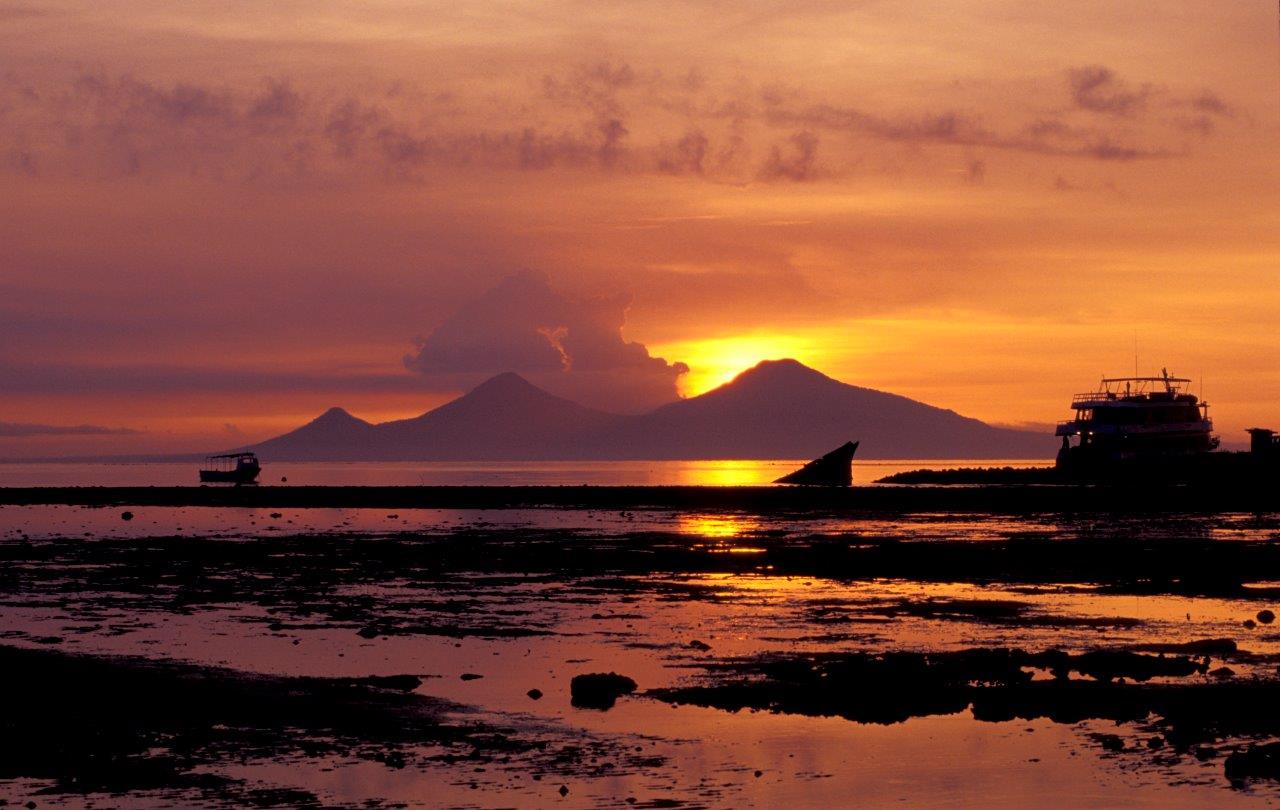
There really is something for everyone at PNG, but this location is particularly grand for avid and budding photographers. You’ll be able to practice both macro and micro photography, as well as landscapes above and below the water. If there’s anything at all that you forget on your way to Papua New Guinea, don’t let it be your camera.


